-
 Bitcoin
Bitcoin $114500
-0.31% -
 Ethereum
Ethereum $3648
1.11% -
 XRP
XRP $3.033
-0.27% -
 Tether USDt
Tether USDt $0.9999
-0.01% -
 BNB
BNB $758.5
-0.32% -
 Solana
Solana $167.5
1.48% -
 USDC
USDC $0.9998
-0.02% -
 TRON
TRON $0.3331
0.74% -
 Dogecoin
Dogecoin $0.2039
0.25% -
 Cardano
Cardano $0.7419
-0.46% -
 Hyperliquid
Hyperliquid $39.21
2.66% -
 Stellar
Stellar $0.4049
-1.95% -
 Sui
Sui $3.483
-0.56% -
 Bitcoin Cash
Bitcoin Cash $570.8
2.89% -
 Chainlink
Chainlink $16.67
-0.57% -
 Hedera
Hedera $0.2470
-1.57% -
 Ethena USDe
Ethena USDe $1.001
0.00% -
 Avalanche
Avalanche $22.36
1.52% -
 Litecoin
Litecoin $123.4
4.35% -
 UNUS SED LEO
UNUS SED LEO $8.989
0.09% -
 Toncoin
Toncoin $3.324
-2.40% -
 Shiba Inu
Shiba Inu $0.00001219
-1.30% -
 Uniswap
Uniswap $9.811
2.54% -
 Polkadot
Polkadot $3.662
-0.07% -
 Monero
Monero $295.5
-3.85% -
 Dai
Dai $1.000
0.01% -
 Bitget Token
Bitget Token $4.345
0.24% -
 Cronos
Cronos $0.1380
0.95% -
 Pepe
Pepe $0.00001044
-1.14% -
 Ethena
Ethena $0.5981
-4.24%
One article to fully understand what AVAX coins are, the characteristics of AVAX coins, and future development trends
AVAX coins, the native cryptocurrency of the scalable Avalanche blockchain, serve as the fuel for network transactions, staking, and smart contract execution.
Oct 05, 2024 at 07:18 am
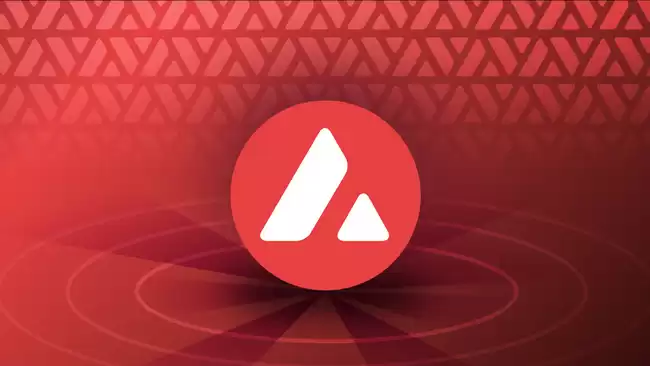
Fully Understanding AVAX Coins: Characteristics and Future Trends
1. What are AVAX Coins?
AVAX is the native cryptocurrency of the Avalanche blockchain, a scalable and high-throughput Layer 1 blockchain. It serves as a fuel for network transactions, staking, and the creation and execution of smart contracts.
2. Characteristics of AVAX Coins:
- Proof-of-Stake (PoS) Consensus: AVAX uses a consensus mechanism based on staking, where validators secure the network by locking their AVAX tokens.
- Scalability: Avalanche employs a parallel transaction processing architecture, allowing it to handle a high volume of transactions simultaneously.
- Subnets: Avalanche enables the creation of custom subnets, giving developers flexibility to customize performance and fee structures for specific applications.
- Governance: AVAX holders participate in the governance of the Avalanche network through voting on proposals related to protocol changes and ecosystem development.
- Interoperability: Avalanche is designed to be interoperable with other blockchains, allowing for seamless asset transfer and smart contract execution across multiple networks.
3. Future Development Trends:
AVAX has gained significant traction in recent years due to its technical capabilities and potential for widespread adoption. Here are some key development trends to watch for:
- Ecosystem Expansion: Avalanche is actively expanding its developer ecosystem, attracting projects from DeFi, NFTs, gaming, and enterprise applications.
- Institutional Adoption: AVAX is gaining acceptance among institutional investors seeking exposure to rapidly growing blockchain protocols.
- DeFi Infrastructure: The Avalanche ecosystem is developing a robust DeFi infrastructure with applications for lending, borrowing, yield farming, and stablecoins.
- Subnet Specialization: Subnets will continue to play a significant role in Avalanche's scalability and customization options.
- Cross-Chain Interoperability: Avalanche is prioritizing interoperability with other blockchains, making it a key player in the broader blockchain ecosystem.
Conclusion:
AVAX coins are an integral part of the rapidly growing Avalanche blockchain. Their unique characteristics, including scalability, staking, and governance, position them well for future growth and adoption. As the ecosystem expands and interoperability improves, AVAX has the potential to play a significant role in the development and integration of blockchain technology across various industries.
Disclaimer:info@kdj.com
The information provided is not trading advice. kdj.com does not assume any responsibility for any investments made based on the information provided in this article. Cryptocurrencies are highly volatile and it is highly recommended that you invest with caution after thorough research!
If you believe that the content used on this website infringes your copyright, please contact us immediately (info@kdj.com) and we will delete it promptly.
- Jurassic World Meets Canadian Coin: An Unexpected Inspiration
- 2025-08-06 00:50:12
- Decentralized Provers Take Center Stage: Mainnet Launches and Network Growth
- 2025-08-06 00:30:12
- Crypto Coins, Solana, and Investing Returns: Finding the Next Big Wave
- 2025-08-06 01:10:12
- BlockchainFX ($BFX): The Crypto Presale Set to Explode (Visa Access and More!)
- 2025-08-06 00:50:12
- ElevenLabs, AI Music, and Artist Licensing: Navigating the New Soundscape
- 2025-08-06 00:30:12
- Crypto Presales to Watch: WeWake Finance & the Rise of User-Friendly Web3
- 2025-08-06 00:35:12
Related knowledge
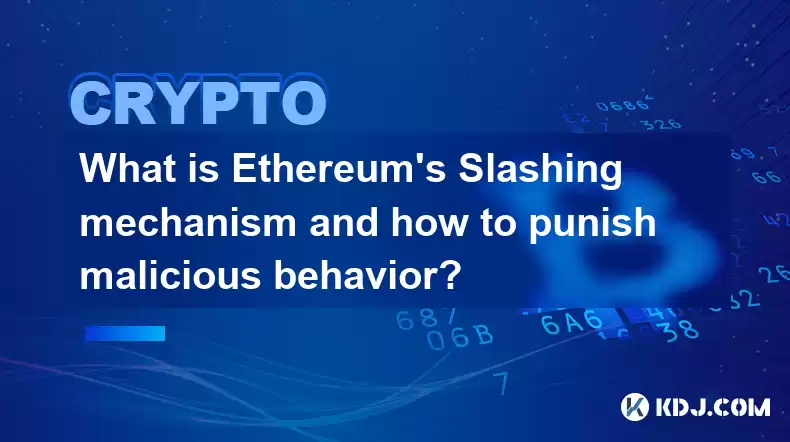
What is Ethereum’s Slashing mechanism and how to punish malicious behavior?
Feb 20,2025 at 03:08am
Key PointsOverview of slashingDifferent types of slashing in EthereumIncentives and consequences of slashingIdentifying and reporting slashed validato...
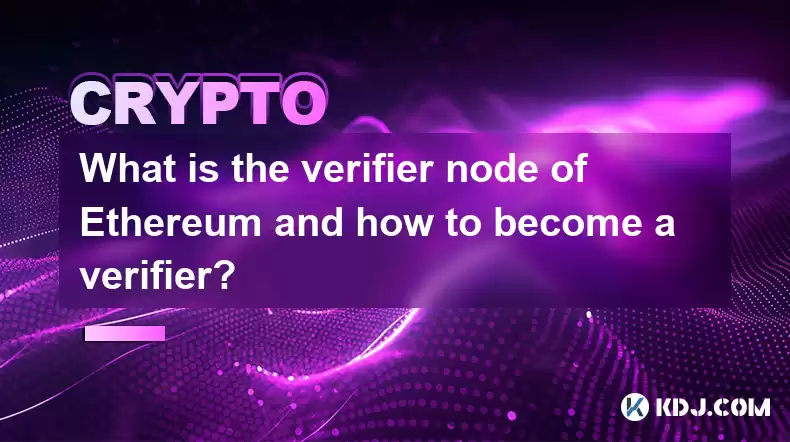
What is the verifier node of Ethereum and how to become a verifier?
Feb 19,2025 at 06:00pm
The Verifier Node of Ethereum: A Comprehensive GuideKey Points:What is a Verifier Node?How to Become a Verifier NodeResponsibilities and Rewards of a ...
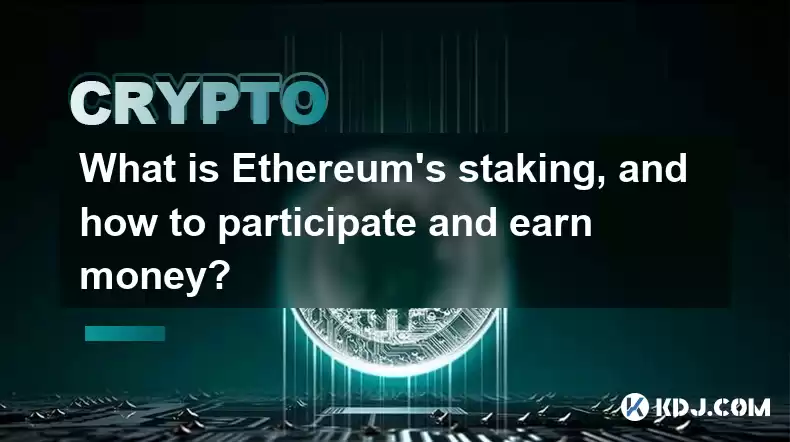
What is Ethereum’s staking, and how to participate and earn money?
Feb 19,2025 at 04:37pm
Key Points:Understanding Ethereum's Staking MechanismSteps to Participate in StakingBenefits and Rewards of StakingSecurity and Risk ConsiderationsTec...
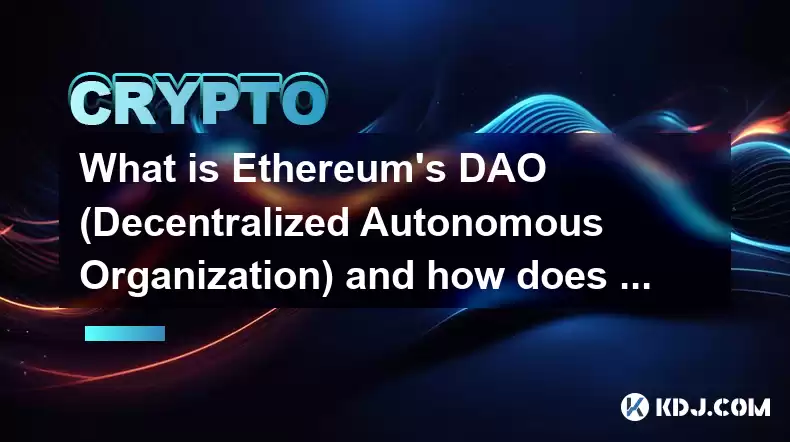
What is Ethereum’s DAO (Decentralized Autonomous Organization) and how does it work?
Feb 20,2025 at 03:12am
Key PointsDefinition and Structure of a DAOGovernance and Decision-Making in DAOsBenefits and Use Cases of DAOsChallenges and Limitations of DAOsWhat ...
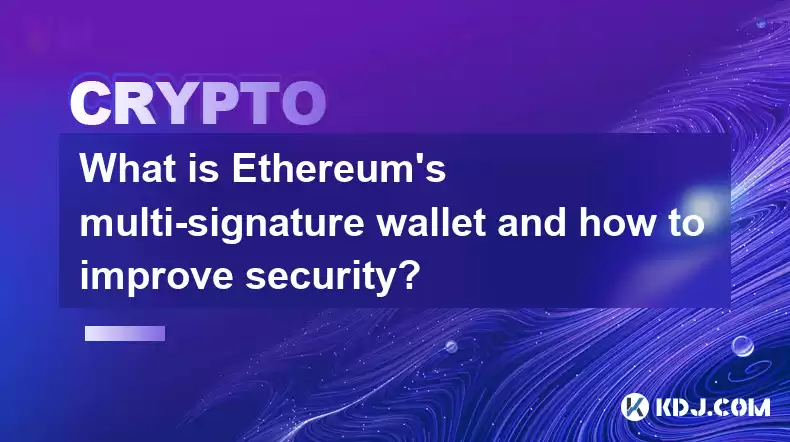
What is Ethereum's multi-signature wallet and how to improve security?
Feb 20,2025 at 02:18pm
Key Points:Understanding the Concept of a Multi-Signature WalletBenefits and Drawbacks of Multisig WalletsRequirements for Setting Up a Multisig Walle...
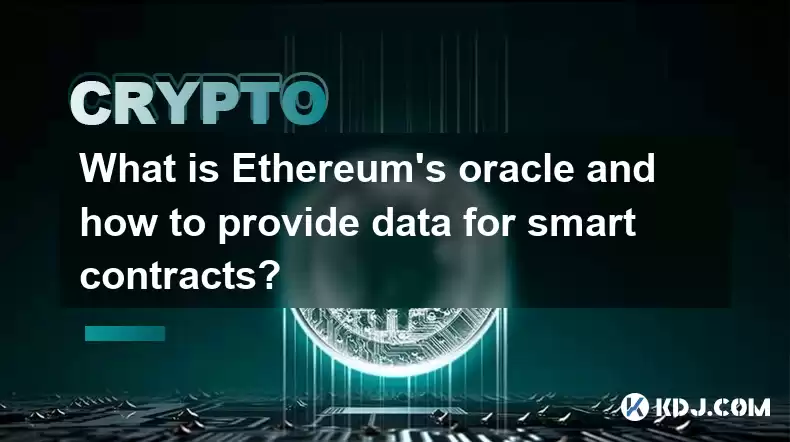
What is Ethereum's oracle and how to provide data for smart contracts?
Feb 21,2025 at 01:30am
Key Points:Understanding the concept of oracles in EthereumExploring different types of oraclesDetailed guide on how to provide data for smart contrac...

What is Ethereum’s Slashing mechanism and how to punish malicious behavior?
Feb 20,2025 at 03:08am
Key PointsOverview of slashingDifferent types of slashing in EthereumIncentives and consequences of slashingIdentifying and reporting slashed validato...

What is the verifier node of Ethereum and how to become a verifier?
Feb 19,2025 at 06:00pm
The Verifier Node of Ethereum: A Comprehensive GuideKey Points:What is a Verifier Node?How to Become a Verifier NodeResponsibilities and Rewards of a ...

What is Ethereum’s staking, and how to participate and earn money?
Feb 19,2025 at 04:37pm
Key Points:Understanding Ethereum's Staking MechanismSteps to Participate in StakingBenefits and Rewards of StakingSecurity and Risk ConsiderationsTec...

What is Ethereum’s DAO (Decentralized Autonomous Organization) and how does it work?
Feb 20,2025 at 03:12am
Key PointsDefinition and Structure of a DAOGovernance and Decision-Making in DAOsBenefits and Use Cases of DAOsChallenges and Limitations of DAOsWhat ...

What is Ethereum's multi-signature wallet and how to improve security?
Feb 20,2025 at 02:18pm
Key Points:Understanding the Concept of a Multi-Signature WalletBenefits and Drawbacks of Multisig WalletsRequirements for Setting Up a Multisig Walle...

What is Ethereum's oracle and how to provide data for smart contracts?
Feb 21,2025 at 01:30am
Key Points:Understanding the concept of oracles in EthereumExploring different types of oraclesDetailed guide on how to provide data for smart contrac...
See all articles

























































































